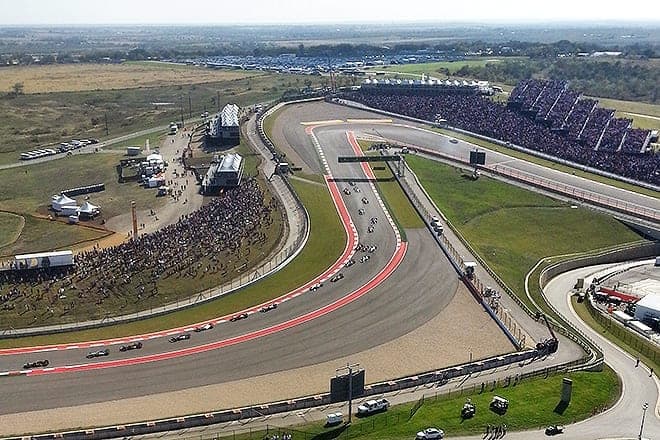Throne speech offers little that was not there before
Parliament back in session
The Throne speech was delivered on September 23, 2020, starting a new session of parliament after the previous one was dissolved on August 18. When parliament was prorogued, Prime Minister Justin Trudeau said it was necessary that the government could have a moment to reflect on the current state of Canada, because January’s speech from the throne had no mention of COVID-19.
The speech from the throne, delivered by Govornor General Julie Payette, began by explaining the government’s approach would have four foundations:
“The first foundation of this plan is to fight the pandemic and save lives.
The second foundation of the Government’s plan is supporting people and businesses through this crisis as long as it lasts, whatever it takes. Effectively dealing with the health crisis is the best thing we can do for the economy. Government action has already helped Canadians stay safe, and buffered the worst economic impacts.
The third foundation is to build back better to create a stronger, more resilient Canada. To do this, we must keep strengthening the middle class and helping people working hard to join it, and continue creating jobs and building long-term competitiveness with clean growth. We must also keep building safer communities for everyone.
The fourth and final foundation of this plan is to stand up for who we are as Canadians. We cannot forget what has made us a country that is welcoming. A country that celebrates two official languages. That achieves progress on gender equality, walks the road of reconciliation, and fights discrimination of every kind.”
The most important, specific point included in the speech was the promise that the government will launch a campaign to create over one million jobs in order to restore employment to pre-pandemic levels. The government plans to do this by extending the Canadian Emergency Wage Subsidy (CEWS), and scaling up the Youth Employment and Skills Strategy to open up more paid work experience for young Canadians. This is good news for newly graduating students who may be worried about finding work in post-pandemic times.
Another important promise the government made was that CERB recipients would be supported by the Employment Insurance (EI) system, and that people who wouldn’t qualify for EI under the current rules would be helped by the newly created transitional Canada Recovery Benefit.
In an interview with Jim Farney, Department Head of Politics and International Study at the University of Regina, he praised the government for their promise to restructure EI, which has been undermined by successive governments since its disastrous restructuring in the 1990s.
“There is a lot of criticism for EI because it doesn’t affect people working part-time, so depending the details of these changes, we might end up with an EI system that helps students and others who are working part-time,” Farney said.
The throne speech also included a promise to exceed Canada’s climate goals and legislate their goal of net-zero emissions by 2050. They plan to achieve this by retrofitting homes and buildings to cut energy costs for Canadian families and business, to invest in transit and more active transit options, and make zero-emission vehicles more affordable, while investing in charging stations across the country. However, they never gave specifics on what that would look like and what costs would be involved, and prior to the pandemic, the government was nowhere near meeting the Paris climate targets first set by the Harper government in 2015. It is unclear how they plan to do so now.
The Government also announced their support for two new important grants to ensure a fairer Canada. As the Government said in their throne speech, “Women, racialized Canadians, and young people have borne the brunt of job losses.” So along with help for young Canadians they have announced an Action Plan for Women in the Economy as well as continue their support in the form of the Black Entrepreneurship Program.
There is also talk of RCMP reform, including enhanced civilian oversight, modernized training, and a shift towards community-led policing. Again, without promising too much, or explaining in many specifics, the government has made a broad promise surrounding the RCMP. [Editor’s note: The RCMP’s current budget is $3.5 billion. They have shot and killed at least 10 people so far in 2020 and another seven have died in other interactions with the RCMP or while in their custody this year.]
They also announced their support for Pharmacare, something previously argued for by the NDP. They aim to move towards Pharmacare through help like “a rare-disease strategy to help Canadian families save money on high-cost drugs; to establishing a national formulary to keep drug prices low; and working with provinces and territories willing to move forward without delay.”
In summary, barring some of the points above, the speech from the throne included little new information surrounding the government’s response to the pandemic. As well, the government came in without a great number of specifics, but mostly a rehash of what they have already promised Canadians. Many of those promises, like their climate targets, are promises they’ve been making and breaking since 2015.
According to Farney, Trudeau’s post-speech address to Canadians went beyond what was expected, turning into an argument for his government’s plans. “It was expected to be just about COVID, but became a partisan argument for the throne speech.”
While many of the promises in the throne speech are vague, if they’re realized, they have the potential to radically change the lives of working class Canadians for the better.








